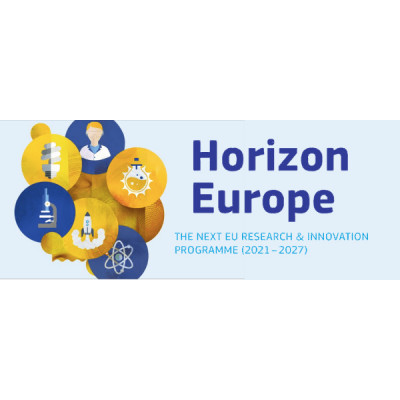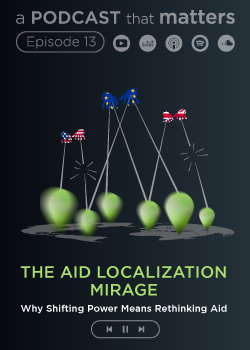Print

Verifying Emissions of Climate Forcers: EYE-CLIMA
Details
Locations:Austria, Finland, France, Germany, Greece, Norway, Switzerland, UK
Start Date:Jan 1, 2023
End Date:Dec 31, 2026
Contract value: EUR 4,994,262
Sectors: Environment & NRM, Pollution & Waste Management (incl. treatment)
Description
Programme(s):
HORIZON.2.5 - Climate, Energy and Mobility
HORIZON.2.5.1 - Climate Science and Solutions
Topic(s): HORIZON-CL5-2022-D1-02-01 - Verification and reconciliation of estimates of climate forcers
Call for proposal: HORIZON-CL5-2022-D1-02
Funding Scheme: RIA - Research and Innovation action
Grant agreement ID: 101081395
Objective:
The Global Stocktake, and the success of the Paris Agreement, hinges on the information nations provide about their emissions through National Greenhouse Gas Inventories (NGHGIs). Current methodologies laid-out by the IPCC for reporting emissions are generally built around the use of statistical data and emission factors. Although they are designed to be transparent, they can have significant uncertainties owing to incomplete or inaccurate information. The 2019 refinement of the IPCC Guidelines highlights the need for independent verification of NGHGIs especially using atmospheric observations. However, the technical complexity and the hitherto limited resolving power of atmospheric constraints makes it challenging for NGHGI compilers to adopt this type of verification. EYE-CLIMA will address this need for independent verification by developing observation-based methods (using both satellite remote sensing and ground-based observations) to a level of readiness where they can be used to determine emissions at national and sub-national scales and for verification of NGHGIs. The methodology involves using process-based and data-driven models to simulate GHG fluxes, first without atmospheric observations, then these fluxes are then combined with models of atmospheric transport and chemistry to assimilate atmospheric observations, which are used to correct the first flux estimates. Through engagement with stakeholders, i.e. NGHGI compilers, EYE-CLIMA, will develop flux data products for CO2 (LULUCF sector), CH4, N2O, and emissions data of F-gases (SF6, HFC-23, HFC-143a, HFC-125, HFC-134a, HFC-32) and black carbon (BC), which will be tailored to their needs. The fluxes will be attributed to natural versus anthropogenic sources, and for the latter, to source sectors that can be compared with groups of IPCC sectors in NGHGIs. The methodology for the atmospheric inversions and how to use these for verification of NGHGIs will be described in best practice guidelines.

